.png)
Singapore is at the forefront of digitalisation and automation, and this special Singapore edition of Industrial Guide Asia March Edition is a testament to that. With the help of robots, Singapore has been able to reduce manpower costs while increasing productivity.
We are excited to explore the use of service robotics in Singapore and its potential implications on the industrial sector. This interview with Eileen Yap as a General Manager (Singapore) of RS Group will provide us with an insight into how robots are helping businesses in Singapore become more efficient and cost-effective. We hope that this guide will help other companies across Asia understand how they can leverage robotics for their own benefit.
Singapore has made great strides in digitalisation and automation, positioning itself as a leader in these areas. This special Singapore edition of Industrial Guide Asia March Edition is a testament to this fact. The publication showcases how the country has embraced technology to improve its manufacturing capabilities, increase efficiency and reduce costs.
What industries in Singapore are most in need of robotic solutions?
Manufacturing, Logistics and Warehousing, Healthcare, Construction, Agriculture.
Singapore has been rapidly expanding its use of robotics in various industries to improve efficiency, productivity and competitiveness. The demand for robotic solutions is increasing steadily in Singapore, driven by the country's push towards digitalization and automation. But what industries in Singapore are most in need of these technological advancements? The manufacturing sector is one industry that has garnered significant attention when it comes to robotics. With a focus on boosting productivity, reducing costs and improving quality control measures, robots have already made their way into many factories across the island. Manufacturers are increasingly turning to automated systems as they look for ways to reduce reliance on human labor while remaining competitive in an ever-changing global market.
Another industry that is highly suited for robotic solutions is healthcare. With an aging population and rising healthcare costs, there is a growing need for better efficiency and accuracy in medical care.
How have robots helped to improve efficiency and productivity in Singapore's industries?
The implementation of robotics have led to better efficiency through the automation of tasks 24/7, operational improvement in precision and accuracy, and improvements in worker safety. This had led to Singapore being more competitive, and helped us stay relevant in an increasingly competitive world.
Are there any specific types of robots that are particularly well-suited for use in Singapore's industries?
Industrial robots: Such robots can be used in Singapore’s manufacturing industry to automate high-volume, labour-intensive, repetitive tasks, where speed, accuracy and durability are key. These robots can also provide assistance in detailed tasks such as material handling, material removal, welding and fabrication to minimise human errors and improve worker safety.
Can you provide examples of successful implementation of robots in Singapore?
RoboWaiter: Infinium Robotics, a Singapore-based startup, introduced robotic waiters as part of a test program at Timbre Group's restaurant, Timbre @ The Substation, in 2015. The Infinium-Serve robots, which deliver food and beverages to clients' tables, were created to free up staff time so they could concentrate on other activities. LionsBot International, a Singapore-based business, has created a fleet of cleaning robots that can scrub and clean floors as well as wash windows and walls.
What are the main challenges that companies in Singapore face when implementing robots in their operations?
Barrier to entry (Hight cost), talent shortage, difficulty integrating with current systems (not all systems have the latest hardware & software), safety issues (Employees must be trained to work alongside robots), opposition to change due to job loss.
One of the main challenges that companies encounter is the high cost of purchasing and maintaining robots. For smaller businesses with limited budgets, this can be particularly daunting. Additionally, training staff to operate and maintain these machines can also be time-consuming and costly.
Another major hurdle for companies is ensuring that their employees feel comfortable working alongside robots. Many people worry that automation will replace human workers, leading to job losses and decreased morale in the workplace. It's important for companies to communicate clearly with their staff about how robots will be integrated into operations, as well as any potential changes to job roles or responsibilities.
How does the cost of implementing robots compare to the potential cost savings in Singapore?
Robotics implementation may be expensive up front, but there may also be significant long-term cost reductions. Companies can minimise labour costs, cut errors, and boost productivity by automating processes that would otherwise need human labour. Robots may also operate continuously without the need for breaks or rest, which boosts productivity and decreases the demand for additional labour. This can be particularly significant in Singapore, where labour expenses can be rather high.
How does Singapore's infrastructure and technology support the use of robots?
Our world-class internet connectivity, strong logistics and transportation infrastructure, advanced manufacturing capabilities, robust innovation ecosystem, and highly skilled workforce are some of the factors that support the use of robots.
Are there any safety or security concerns related to the use of robots in Singapore?
Robots can be vulnerable to cyberattacks and demand their own safety requirements and specialised cybersecurity measures. Incidents of cyberattacks can lead to physical outcomes such as robot dysfunction, which can be a threat to worker safety on factory floors. It is therefore important to conduct regular safety assessments to stay ahead of new vulnerabilities.
The use of robots in Singapore has been on the rise over the past few years, as a result of advancements in technology and increasing demand for automation. While there are numerous benefits associated with the use of robots, many people have raised concerns about safety and security issues that may arise.
One major concern is that robots may malfunction or be hacked, which could result in injury to humans or damage to property. This is particularly concerning in industries such as manufacturing and construction where heavy machinery is involved. Additionally, there are concerns about the potential loss of jobs as more tasks become automated.
However, despite these concerns, the Singapore government has taken steps to ensure that safety measures are put in place to minimize risks associated with robot use. For example, guidelines have been developed for robot designers and manufacturers to follow when designing and producing robots.
Are there any specific challenges facing the implementation of robots in Singapore?
One challenge is handling fear surrounding how robots are displacing humans at work. A study by McKinsey & Company predicts that one in every four work activities in Singapore will be displaced by machines by 2030. Change management is therefore especially important in ensuring the successful rollout of robots. To help workers get comfortable working alongside robots, the government and businesses must address their fears and reiterate that robots will not entirely replace humans at the work.
Find more at https://www.rsgroup.com/






.png)
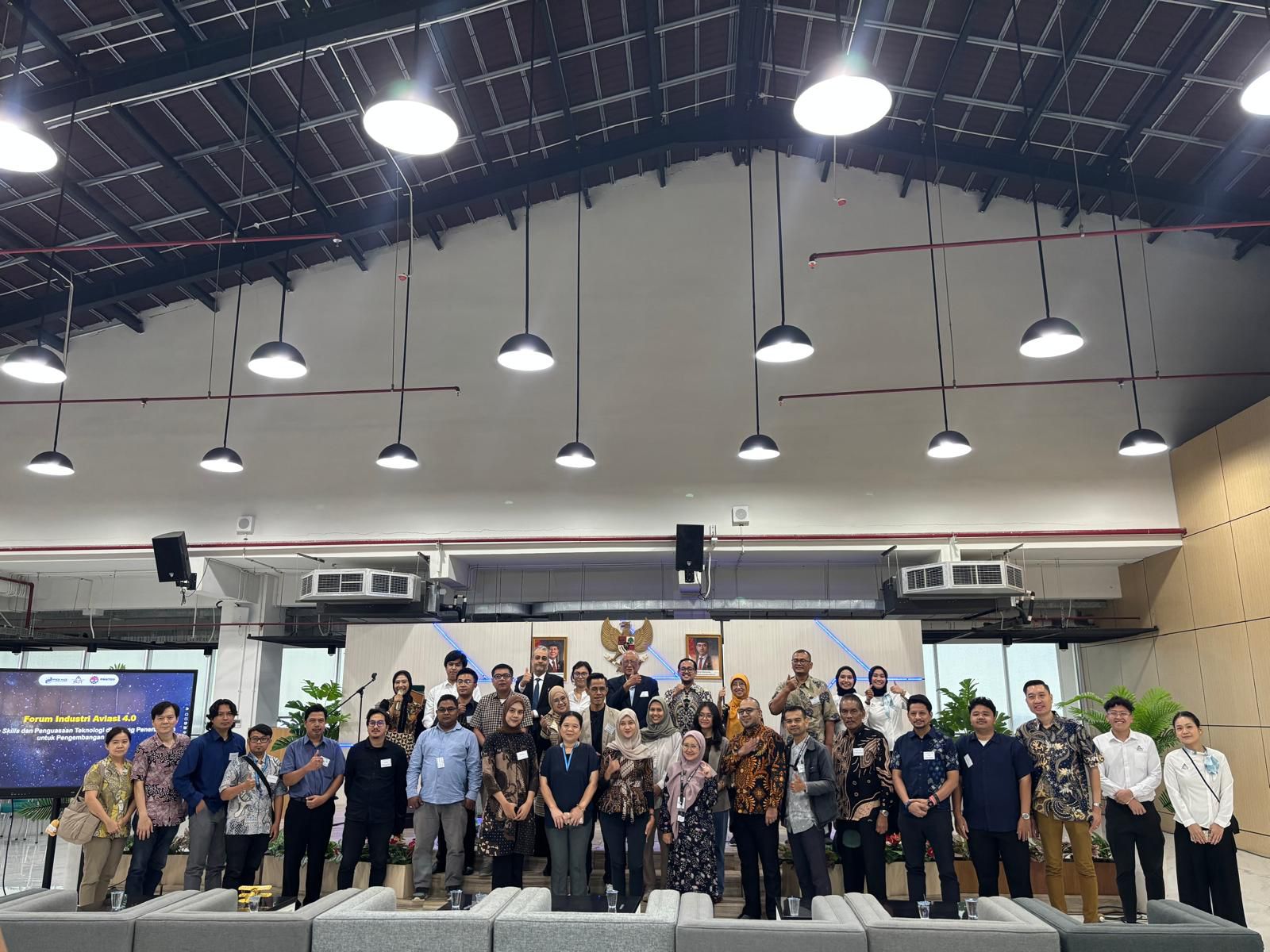


.jpg)
.png)



.jpg)
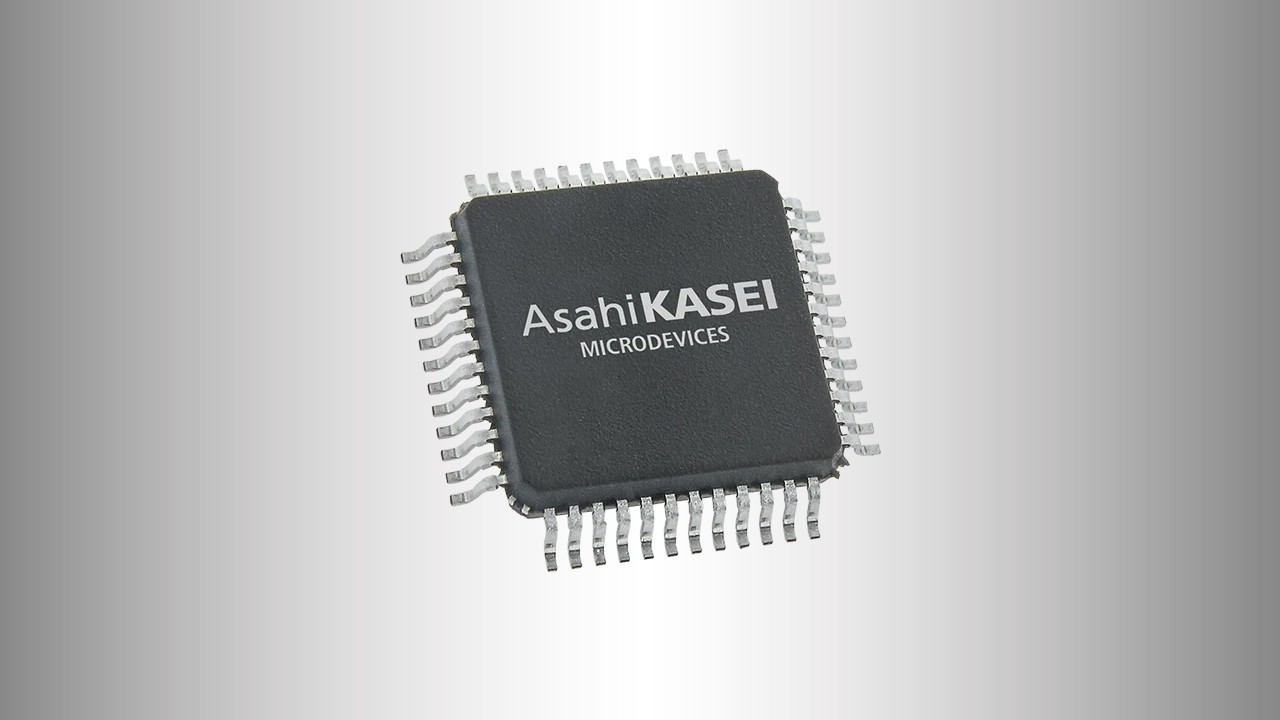
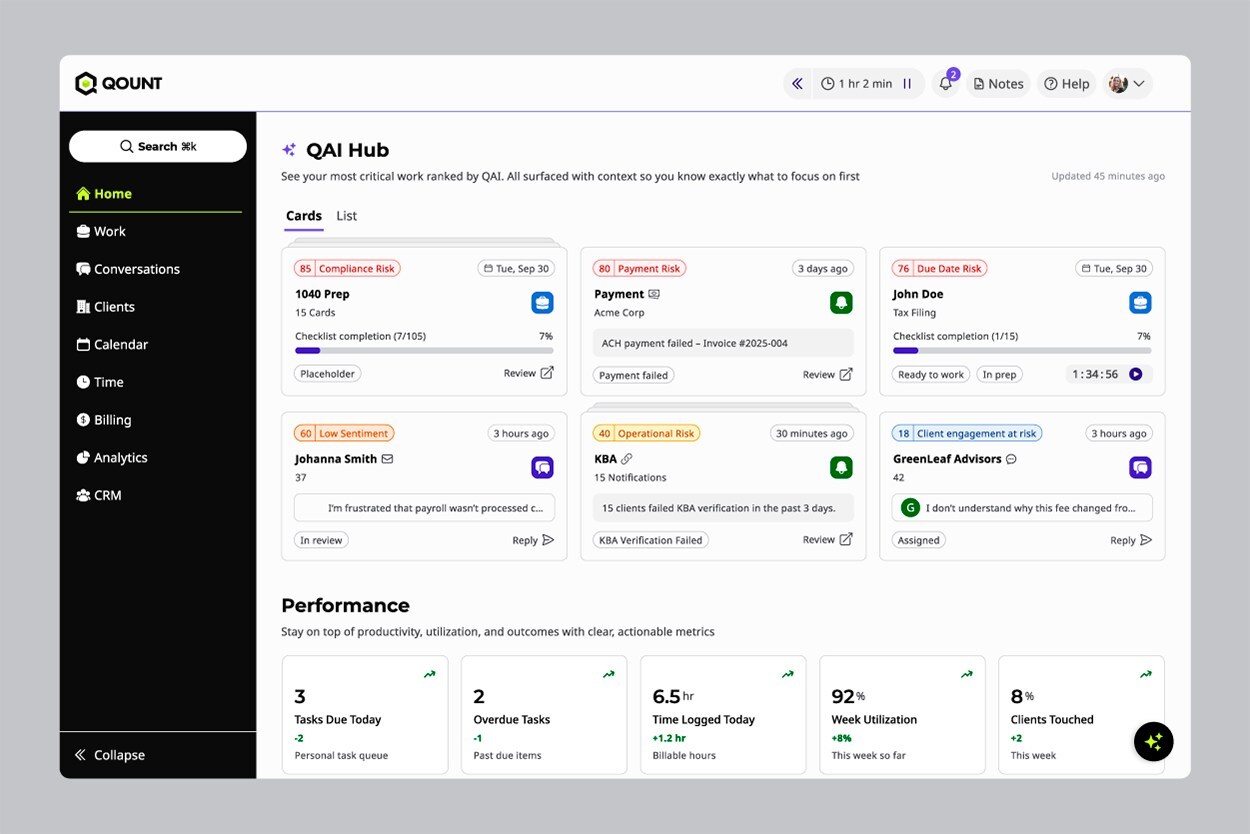









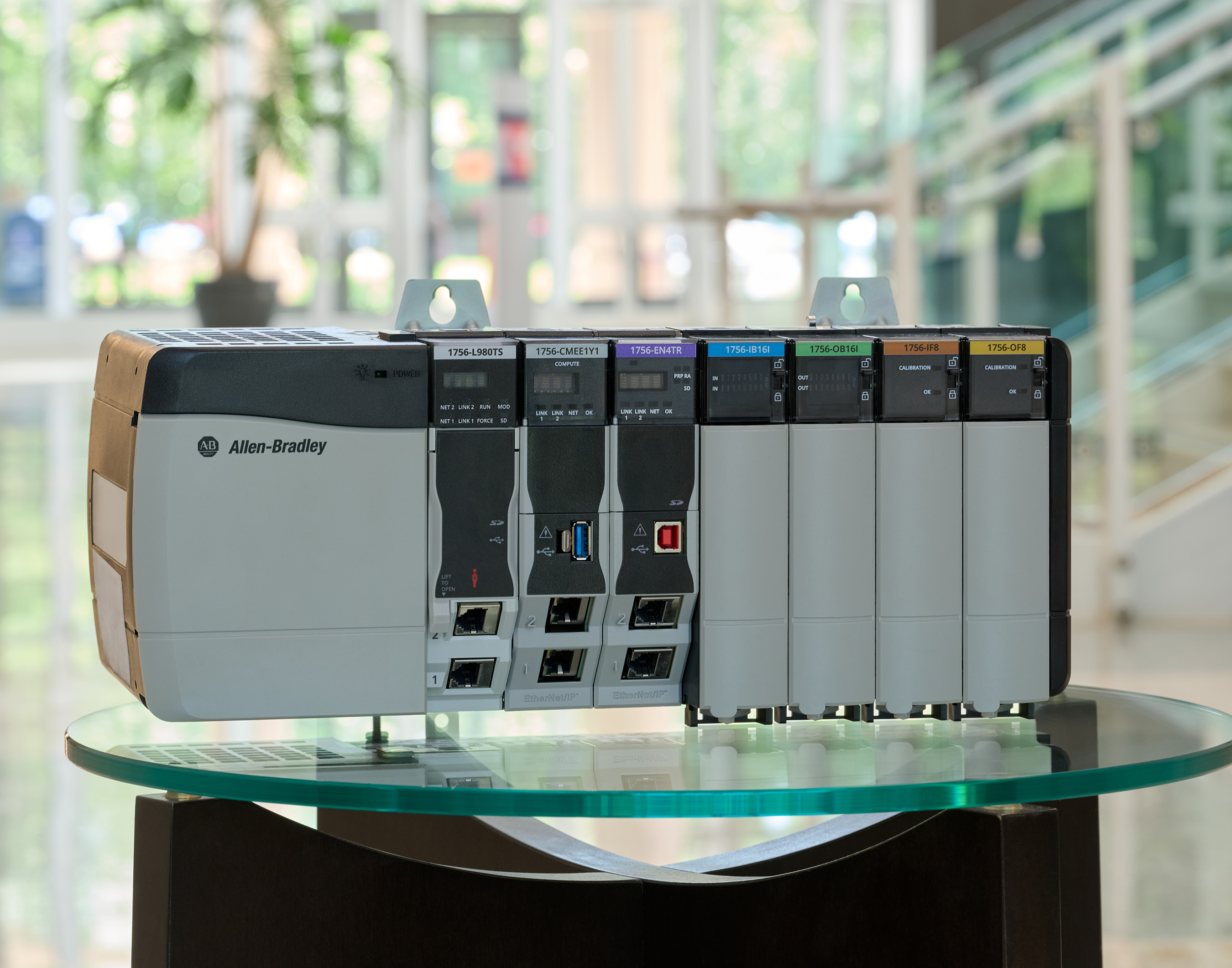

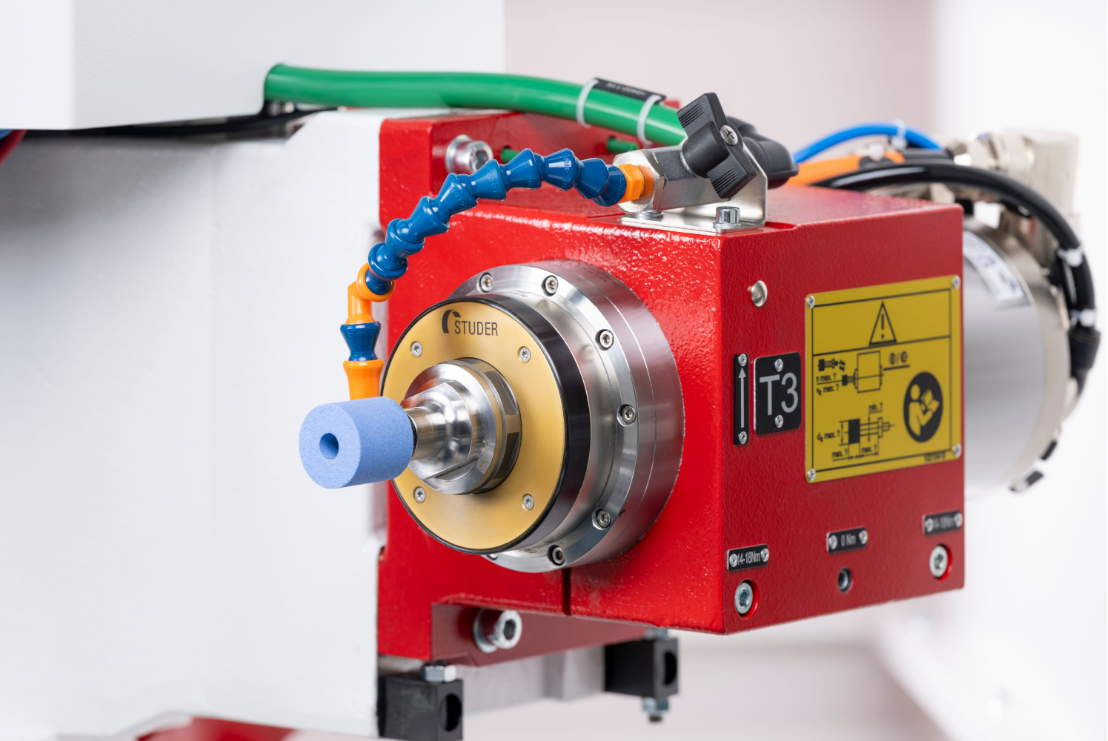

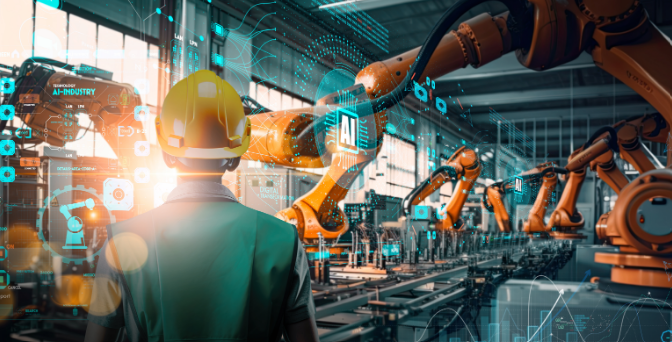






.png)
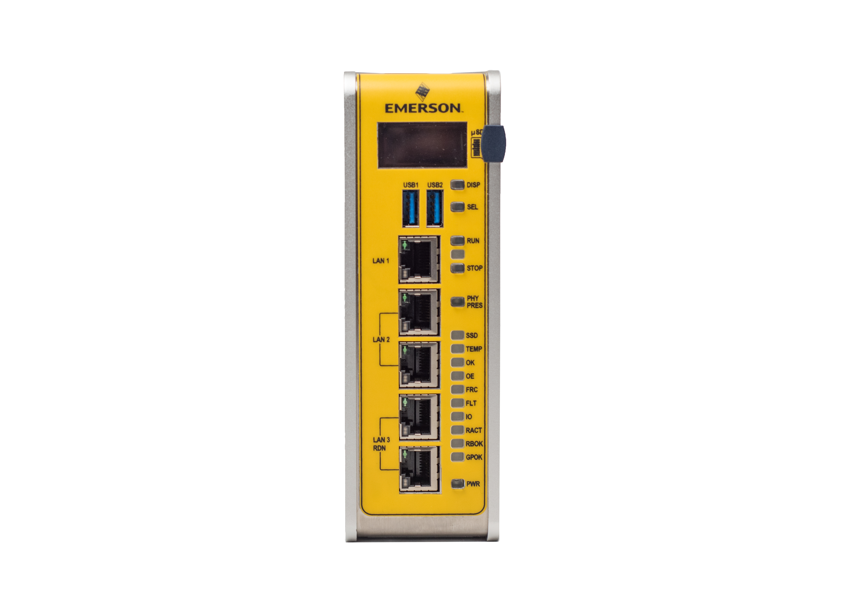




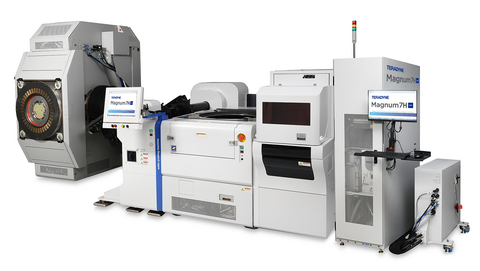


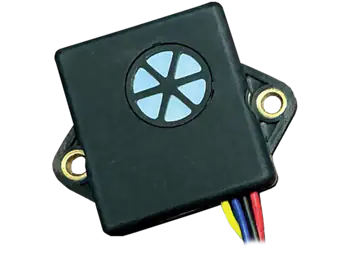


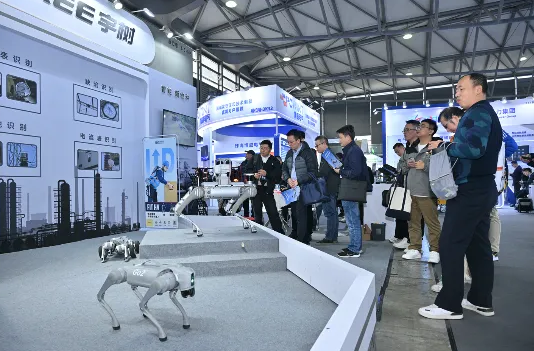
.png)





























.png)











.png)


















